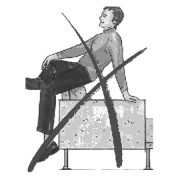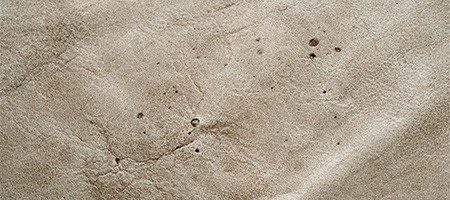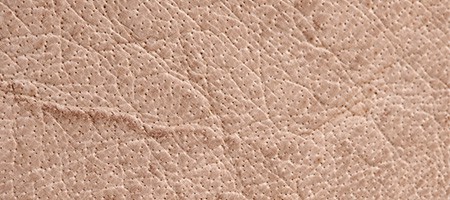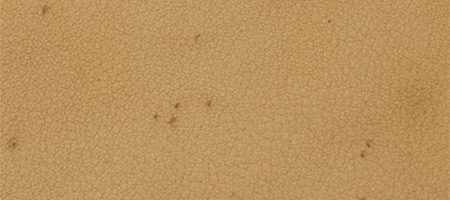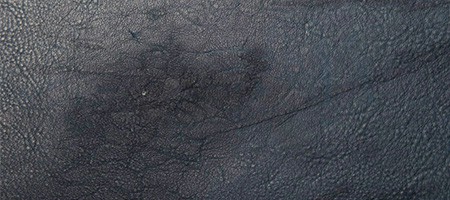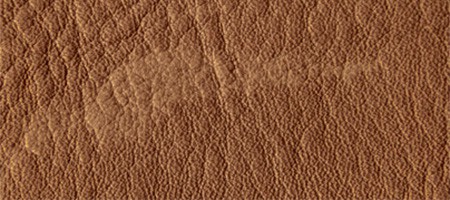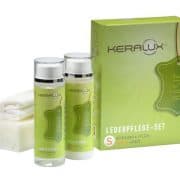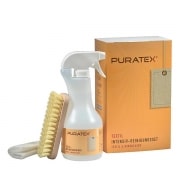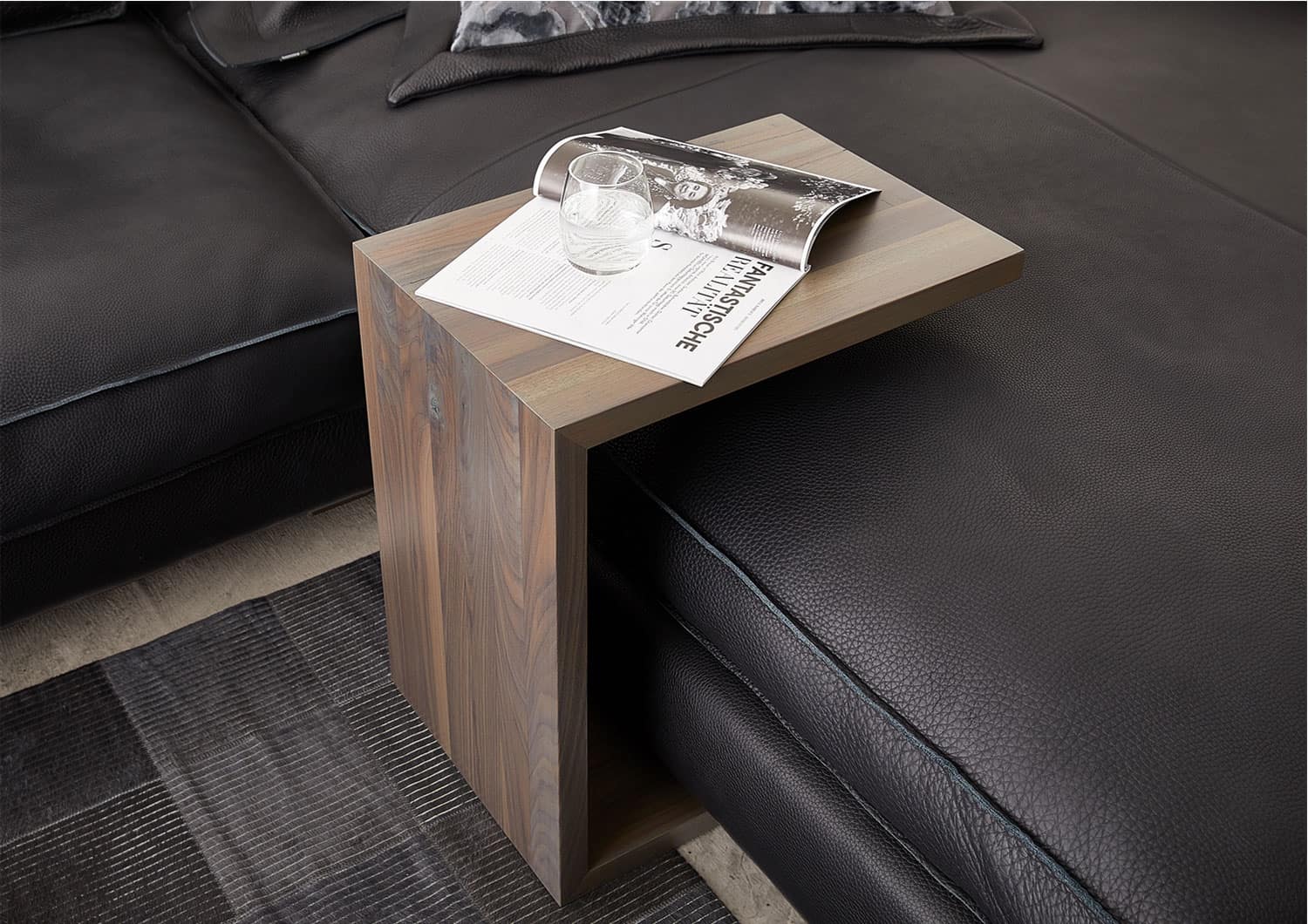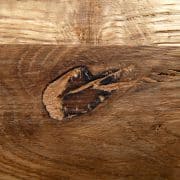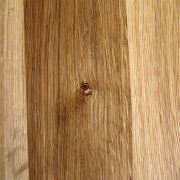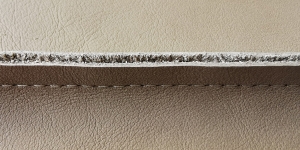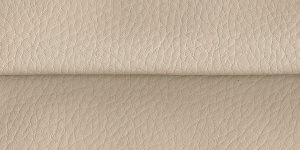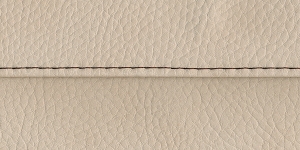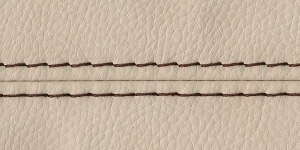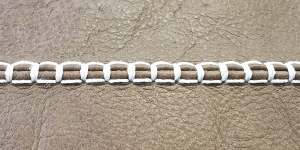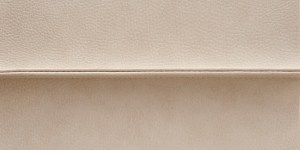WORTH KNOWING
The right handling with upholstered furniture
Correct use armrest and backrest
The arm rests on a piece of upholstery furniture have two important functions:
1. they serve as a rest for the arms
2. they play an important role in the visual appearance / design of the furniture.
The arm rest is not designed to support the weight of a person. Therefore please never sit on the arm rests! Non-observance of this can cause varying degrees of damage. They can be distorted or the filling can be twisted; under extreme pressure the seams can also burst.
Avoid doing gymnastics exercises over the backrest because they may result in injury caused by the upholstered furniture tipping. Furthermore, the upper back padding is not designed for downward pressure of this extent.
Strength
It is important that you follow the manufacturer’s instructions on maximum load-bearing capacity limits. A user weight of 100kg up to a maximum of 120kg is assumed in quality inspections for upholstered furniture for general domestic requirements. Special care must be taken with armrests. Although they look nice and inviting, they are not seats and are not built for sitting on. Upholstered furniture is soft and ductile. It is designed for sitting, lying, relaxing or sleeping but not for jumping on. This kind of concentrated, isolated strain results in irreparable overstretching of the materials and damage to the frame. The same applies to standing on the seats, e.g. to open curtains, clean windows or similar.
Marks
Different types of marks can very quickly and easily be made on furniture or cover fabrics. They are usually features that are typical of the product. Avoid large, concentrated strain, e.g. kneeling or standing on the sofa, especially on soft, padded parts. Marks caused by external effects on the furniture when it is in use, e.g. in the seat, back or armrest area, such as seat lustre, changes in velour and general signs of wear are characteristic of its use. See also Strength, Loose upholstery and Formation of undulations.
Deflection of structures
Some sagging in the middle of larger sofas or benches can not be avoided depending on material and size and is allowed as long as safety and function is not impaired.
Tolerances
Tolerances in mass-produced furniture cannot be avoided for production-related reasons. They are not justified reason for complaint. They do not have any effect on use, benefits, function and lifespan.
Wear-related seat differences
Over the course of time your upholstered furniture will undergo a process termed compression. The upholstery alters during use depending on the duration of use and the body weight. This process can be observed most clearly when the upholstered furniture has only been used on one side during the first few months. It is a normal process that every piece of upholstered furniture undergoes. These alterations in the firmness of the seat are normal and cannot constitute the basis for a quality complaint. We recommend, as does incidentally Stiftung Warentest, swapping your sitting place and not to constantly sit in your favourite place. This is the only way to preserve a uniform appearance of your sofa.
Seat- and back cushion
Loose cushions can shift during use and must be returned to their original position. The benefit of this upholstery technique is that some of the cushions can be swapped around to make even wear possible.
It is important to plump up after every use loose and fitted back cushions that are filled with feathers, foam rods or wadding to restore them to their original shape.
Location
Upholstered furniture must be on a level surface because even slight differences in height caused by sloping floors or an uneven position can cause damage to parts of the furniture or body, such as warpage, squeaking or creaking sounds, after weeks or months.
Floor protection and feet
Wood is a natural product. Deviations in colour and structure are not justifiable grounds for complaint. In principle, the buyer is responsible for protecting their individual floors and floor coverings. Industrial series production determines the standard specific to each model. In order to protect different types of flooring against scratches or damage, please make sure that you put separate mats, e.g. made from felt, under the different types of feet, if necessary. If you are planning to use support feet, they must be attached and used in the same way.
Underfloor heating
Caution is advisable when using underfloor heating with furniture that lies flat on the floor, because materials and substructures can become very dry, resulting in shrinkage, warpage or odour formation. Cover fabrics can dry out or become brittle more quickly. Adequate floor protection should be provided under the feet. See also Air humidity and Room climate.
New houses
When you first move into a newly built house, the floor and wall humidity are normally extremely high. Excessive building moisture and relative air humidity of over 65% often cannot be avoided during those first months. In general and especially under these conditions, pieces of furniture must not be positioned right next to the wall, otherwise moisture damage, material swelling or formation of harmful mould can quickly occur. The north-facing side of the building is critical and you will need to make sure that there is adequate air circulation behind pieces of furniture to allow the internal walls to dry out completely. This is very important.
Pets
There is basically no such thing as a cat or bird friendly cover fabric for upholstered furniture. All we can do is advise caution. With pets, as with everything else we love, tolerance and understanding are required. Pets cannot be supervised 24 hours a day, but you should be aware that, as with children, proper supervision is the parents’, pet or home owners’ responsibility. Take advantage of the multitude of tips and information in specialist magazines and the media (e.g. the Stiftung Warentest guide to buying furniture and animal magazines etc.). There is no doubt that animals with claws and beaks can do considerable and, in many cases, irreparable damage, but you should otherwise not worry too much about the resulting signs of use and enjoy your pets. Claw-proof fabrics unfortunately do not exist.
The upholstery structure
In modern, industrial upholstered furniture manufacture, we differentiate between the following types of upholstery:
Loose or very loose upholstery
 Soft upholstery structure with no tensioning where crease formation in the covers is desirable and characteristic of the product. “Very loose upholstery” has a very soft, squashy surface. Even when new, crease formation in the covers is pronounced, which is intentional, due to construction and design. Undulation, hollow or crease formation as a result of use and depending on intensity of use cannot be avoided. In order to keep an even appearance, Stiftung Warentest also recommends regularly using all elements of the upholstered furniture as evenly as possible instead of having just one “favourite seat”. Loose and fitted seat or back cushions and upholstery must be regularly shaken out, plumped up and smoothed out depending on intensity of use but every day if necessary to achieve the pillow or feather bed effect.
Soft upholstery structure with no tensioning where crease formation in the covers is desirable and characteristic of the product. “Very loose upholstery” has a very soft, squashy surface. Even when new, crease formation in the covers is pronounced, which is intentional, due to construction and design. Undulation, hollow or crease formation as a result of use and depending on intensity of use cannot be avoided. In order to keep an even appearance, Stiftung Warentest also recommends regularly using all elements of the upholstered furniture as evenly as possible instead of having just one “favourite seat”. Loose and fitted seat or back cushions and upholstery must be regularly shaken out, plumped up and smoothed out depending on intensity of use but every day if necessary to achieve the pillow or feather bed effect.
Taut upholstery
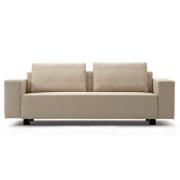 In this type of upholstery, the cover is stretched taut over the piece of furniture and attached to avoid excessive crease formation during use. In most cases, creases formed while sitting smooth out again. However, it is not possible to rule out crease formation as the furniture is used for longer, which is down to the natural elasticity of the cover fabric. This type of upholstery can typically be recognised by its linear appearance. The sitting experience is different from other types of upholstery in that you do not sink very deeply into the upholstery, but sit firmly on top of it. ATTENTION: depending on duration of use and body weight, it is not possible to prevent seats from becoming less firm.
In this type of upholstery, the cover is stretched taut over the piece of furniture and attached to avoid excessive crease formation during use. In most cases, creases formed while sitting smooth out again. However, it is not possible to rule out crease formation as the furniture is used for longer, which is down to the natural elasticity of the cover fabric. This type of upholstery can typically be recognised by its linear appearance. The sitting experience is different from other types of upholstery in that you do not sink very deeply into the upholstery, but sit firmly on top of it. ATTENTION: depending on duration of use and body weight, it is not possible to prevent seats from becoming less firm.
Upholstery covering with mats/chamber cushion
 Mats and chamber cushions are a high-quality type of upholstery covering that adapts specifically to the body. This is achieved by using a mix of loose foam rods and fibres that can move and adapt individually. To prevent the filling from shifting, the mats/cushions are quilted into chambers. Depending on the type of cover, the chambers may stand out clearly on the surface. Formation of sight hollows as a result of use is proof of how the upholstery adapts individually to the body and is typical of the product. The original form can be regained by plumping up and smoothing out the cushions (pillow effect).
Mats and chamber cushions are a high-quality type of upholstery covering that adapts specifically to the body. This is achieved by using a mix of loose foam rods and fibres that can move and adapt individually. To prevent the filling from shifting, the mats/cushions are quilted into chambers. Depending on the type of cover, the chambers may stand out clearly on the surface. Formation of sight hollows as a result of use is proof of how the upholstery adapts individually to the body and is typical of the product. The original form can be regained by plumping up and smoothing out the cushions (pillow effect).
Formation of undulations and hollows (crease formation)
Seat hardness and appearance usually change after just a short time when the furniture is “bedding in”. Seats soften depending on type and duration of use and weight of user. This is a normal process that every piece of upholstered furniture goes through. To keep seat hardness even for as long as possible, it is important to keep changing your favourite spot on the upholstered furniture, otherwise one-sided undulations or hollows may occur. This development is supported by the fact that the cover materials stretch to a lesser or greater extent under the influence of body weight and heat, forming “undulations”. The visual change has virtually no influence on function or durability and is not a material defect. Smoothing out or plumping up covers and cushions is part of routine care. It may need to be done daily, depending on intensity of use (feather pillow effect).
Cover general information
Staining (non-colourfast textiles)
“Non-colourfast” textiles, e.g. blue denim, t-shirts or similar, especially in strong colours, can easily stain light or plain cover fabrics, including almost all decorative fabrics or materials, such as cushion and sofa covers etc. These stains cannot be removed from most fabrics and can only be removed from covered leathers if done quickly. There is therefore no justifiable reason for complaint about the furniture, because the damage has been caused by other, non-colourfast fabrics, such as jeans.
Chemical reaction
Changes or damages, e.g. colour changes or damage to materials, may result if fabric or leather covers come into contact with chemical or acidic substances by which we mean, for example, residue in damp hair or towels after washing or colouring your hair.
Lustre from use, sheen, changes in pile direction
This effect occurs in all velour or velour-like surfaces such as fitted carpets or textiles. The higher the pile (soft and fluffy), the flatter it will lie as a result of bodyweight, warmth and seating habits. It will change with a light/dark or matt/gloss effect depending on how the light falls or the viewing angle. This is not a defect but a property that is characteristic of the product. It does not have any effect on the use, benefits, function or lifespan of the cover. This kind of light/dark effect can occur, in particular, at the seams of chenille or velour fabrics with contrasting thread. This is a visual phenomenon that is characteristic of the product and does not mean that the seams are crooked.
Odour
Opinions about odours are very subjective. It is generally accepted that new products have a smell in the beginning and wooden materials of all kinds, varnish, upholstery and leather products often have a powerful, individual scent that can last for a few weeks or months, depending on the materials and how they are put together. Regular airing is the best solution. Odours and vapour in general, for example from the kitchen, open fire, tobacco or from outdoors can seep into upholstery fabrics or become stuck to the surface. Some products, such as solid wood or leather, retain a certain, individual scent for years.
Microfibre cloth
Unfortunately, advertisements do not always keep their promises. Not every product that is available for chrome, stainless steel, metal, mirrors and glass is also suitable for furniture. To be on the safe side and from experience we would recommend that you do not use microfibre cloths for upholstered furniture covers, for example leather, artificial leather or any kind of fabric. Soft, clean cloths, such as tea towels or wash leather are much better, especially when used with the right cleaning products.
Electrostatic charge
Electrostatic charge is something that we are all familiar with from our cars during the winter and it can be painful for sensitive persons. Electrostatic charge is primarily related to very dry air in the living space over a long time, i.e. usually a few weeks. It mainly occurs during the winter, on hot summer days and in combination with the synthetic materials found in fitted carpets, textiles, textile upholstery covers and leather. If this happens, air humidity must be increased, for example by adding houseplants, putting damp cloths on radiators or using an air humidifier.
Air humidity, heating, room climate
Furniture and upholstered furniture in general should not be exposed to extremes of high or low air humidity. See also Underfloor heating. According to expert recommendations, room climate should have an annual average humidity of 42-55% for people and materials. If the air is too dry, electrostatic charges can build up in fabrics or leather and they can dry out and become brittle. Permanently damp walls risk mould and damage.
Special tip
You should bear in mind that the powerful effects of light, in particular sunlight and long-lasting proximity to radiators and heaters dries out leather and makes it porous and brittle. Direct sources of heat can also cause leather to dry out and fade. In any case, leather needs regular cleaning and care suited to its type, quality and purpose.
Sensitivity
It is generally accepted that light-coloured and plain covers are generally more sensitive and that they show up stains and signs of usage more quickly. That applies to “natural products” in general and the more natural a product is, the more sensitive it will be to external influences.
Friction resistance
Natural materials have lower friction resistance and dye can therefore rub off them more easily, especially in combination with moisture such as perspiration.
Pilling
Small fibres or pieces of fibre are always becoming detached from textiles, especially other textiles such as blankets or clothes. These fibres stick to the surface of the fabric where they tend to felt and form little balls, which is known as pilling. We recommend using a pilling comb to get rid of these little balls.
Leather colour deviations / differences
In semi-aniline leather slight differences in colour are a given, as are minimal colour differences in pigmented leather. Aniline leather is completely natural and the surface is not sealed with pigmentation. No one hide is ever like another and the dermis can differ greatly within one delivery and even within one hide. The grain pattern can also look very different. Greater differences in colour are not justifiable grounds for complaint! Ordering a sofa whose colour and surface are the same as the display sofa or the collection sample is never guaranteed.
Light-fastness (effects or light on furniture)
Light-fastness describes a material’s resistance to the effects of light (especially sunlight, daylight and halogen light etc.). Light sources such as these and, in particular, sunlight alter surfaces, especially wooden surfaces or LEATHER. This “sunburn” results in changes in colour due to the chemical structure. Natural woods may get darker or become yellowed and stained woods may fade. Protect your precious furniture from direct light!!! The elemental force of the sun changes all materials. Natural leather, in particular, may change colour after just a few weeks. Particular caution is advised in bright, south-facing rooms with lots of windows, where curtains or blinds should be closed in direct sunlight, otherwise a surface may lighten or darken where the sun has been shining on it after a relatively short time. However, “colour changes” such as these do not have any effect on use or lifespan.
Special tip
You should bear in mind that the powerful effects of light, in particular sunlight and long-lasting proximity to radiators and heaters dries out leather and makes it porous and brittle. Direct sources of heat can also cause leather to dry out and fade. In any case, leather needs regular cleaning and care suited to its type, quality and purpose.
Different types of leather
The perfect leather for everyone. Leather is not just leather. Different types of processing create different materials with different characteristics and qualities. It is possible to differentiate between three broad categories of leather:
Pure aniline - the most exclusive, purely natural leather
This is the most sensual of leathers. Because it is original and natural, it not only has a totally individual character, but is also very warm, soft and wonderfully pleasant.
Pure aniline leather is completely permeated with colour, but otherwise untreated. The individual pores are still clearly visible as minuscule holes. That means that all of the natural features and appearance (scars, insect bites and brands) are equally visible. This is what makes this leather so individual. Not just its quality, but also its appearance, is unique and exclusive, because just like our fingerprints, no two pieces are ever the same.
People often say that these leathers are “sensitive”. That’s not true. Leather is skin and pure aniline leather is the most natural skin. In the same way that grease is absorbed into our skin, this leather can also “take things on”. Looking after it is child’s play, once you know how. Over time, this leather will develop a patina all of its own, which makes the furniture that it covers even more full of character. This is another reason why people who know leather are particularly fond of pure aniline.
Semi-aniline - the happy medium
These leathers are what you might call a compromise. On the one hand, they are still relatively “natural”, but on the other hand, they also have a slight tint of pigment colour, in addition to the colouration. This makes the leather a little more hard-wearing, without losing any softness and suppleness. The pores are still slightly visible (using a magnifying glass), as are its natural origins, which are revealed by irregular scarring and small healed wounds.
Semi-aniline is the happy medium between natural, pure aniline leathers and pigmented leathers with a stronger layer of colour.
Pigmented leather - the most robust leather
Pigmented leathers are coated with an additional layer of colour pigment, following the tanning and dying process. Pores, the individual appearance of the skin, as well as scars or other individual features of the hide, disappear completely under this layer of pigment.
Some pigmented leathers are even embossed with artificial grain to imitate the skin structure.
These leathers have a slightly stiffer, moderately warm feel, so they can feel slightly cool on cold days, because body heat can no longer penetrate. On the other hand, you tend to perspire on them on hot summer days, so they can feel sweaty. When somebody says that leather is cold, they have probably sat on pigmented leather.
Natural features
How clearly natural features are visible after production depends on the type of leather. The surface of natural leather (aniline leather) is not sealed with pigmentation, so every possible natural feature such as scars, insect bites, neck folds, fattening folds, barbed wire tears, brands and raw patches etc. are retained, which is desirable. These characteristics are not justified grounds for complaint. They do not reduce quality in any way. Quite the opposite in fact because they emphasise the authenticity and uniqueness of the product even more. An additional layer of pigment is applied to the surface of partially covered leathers (semi-aniline leather) or fully covered (pigmented) leathers. Any natural features can be seen less clearly through the pigmentation.
Cleaning and care
Every type of leather needs individual care. Because the individual types of leather differ significantly in their material properties, cleaning and care must also be individually tailored to the special characteristics of the leather. But it is often not so easy for a layman to find his way through the jungle of many different types of leather. Our partner LCK is specialized in every single leather quality in our range.
Heat sources and light irradiation avoid
Never position your sofa directly next to heaters, radiators or similar sources of heat. Avoid direct exposure to light or sunlight, sources of heat, radiators or halogen lights, etc.
Clean and care
Dirt and stains
Wood
Every tree is unique. Its shape, colour and grain still make it different even after it has been made into furniture. Differences in colour within the wood, knots and swirls emphasise the natural character and vibrant appearance of the wood and make each table/shelf/base unique. Cementing is also not grounds for complaint.
Differences in colour
Our furniture is assembled from different pieces of wood. As a natural product, wood does not have characteristics that can be replicated whenever required and, as a result, different pieces may be different colours. Individual, directly adjoining pieces of wood can differ in colour, for example because of different thicknesses or intensities of grain. There might also be differences in contrast, such as in the form of light or dark spots on the surface of non-stained wood. Small spots like these only become fully visible after surface treatment and are also attributed to the natural growth of the material and cannot be prevented.
Seams
The great craftsmanship of our seamstressen gives your sofa the fine tuning. The many different steams, possible tone on tone or of contrasting colour, from the fancy mocassin seam up to the progressive open seam in leather, make each furniture unique.

